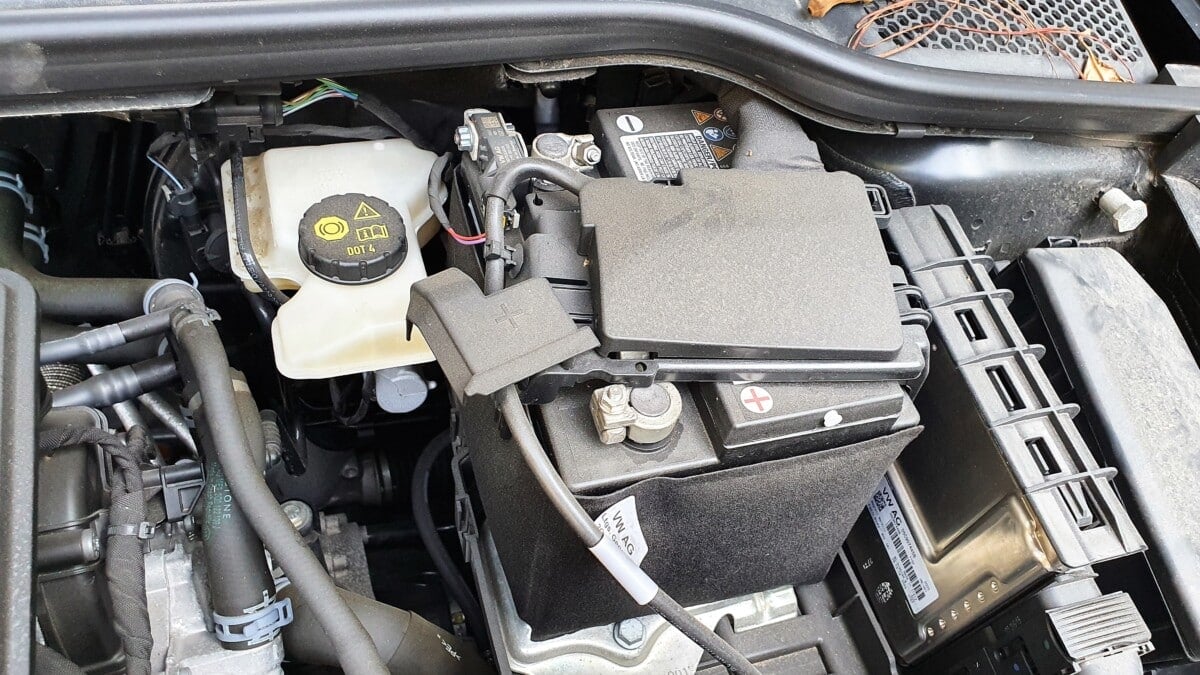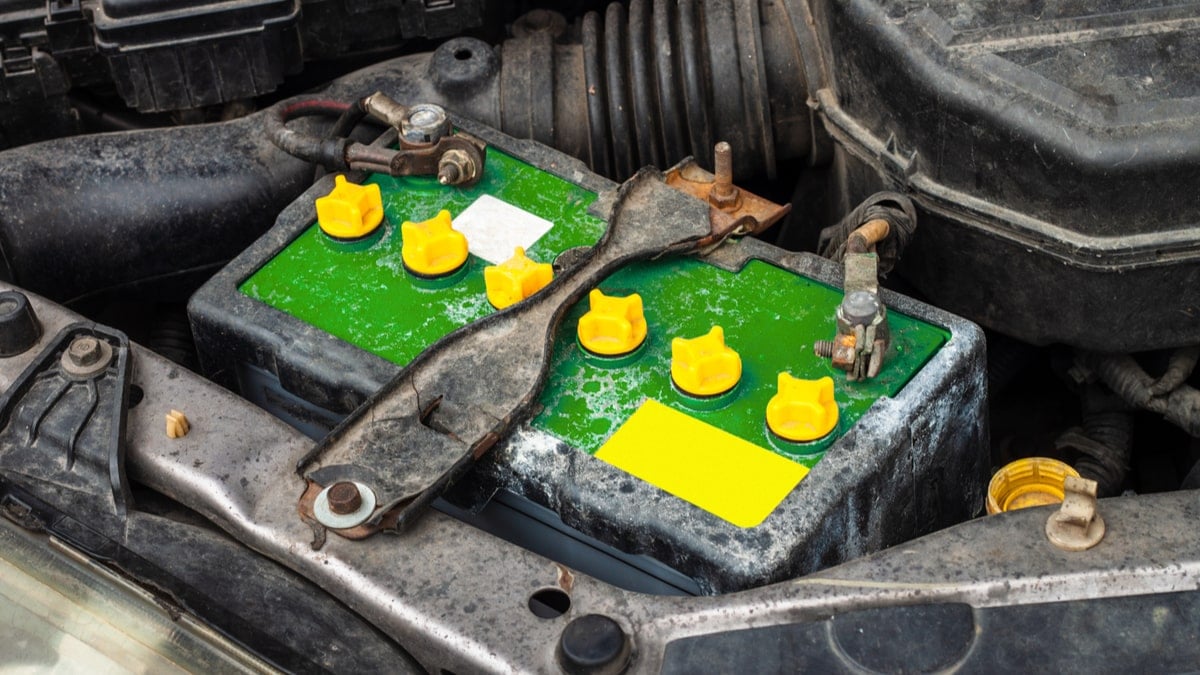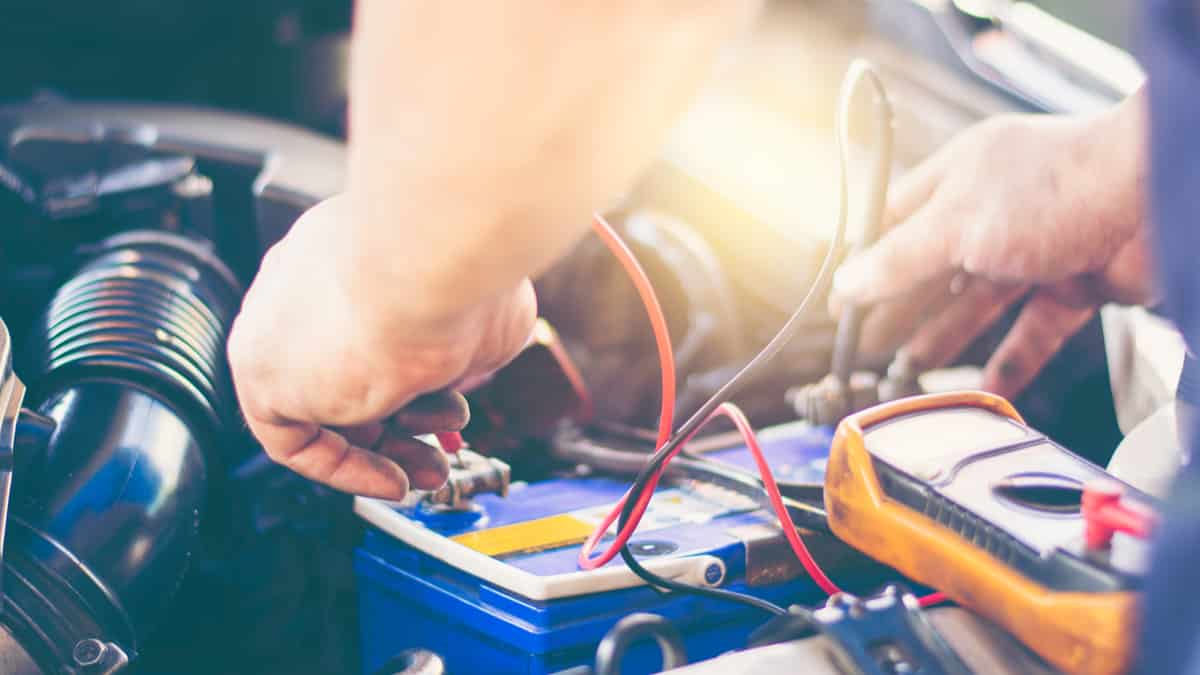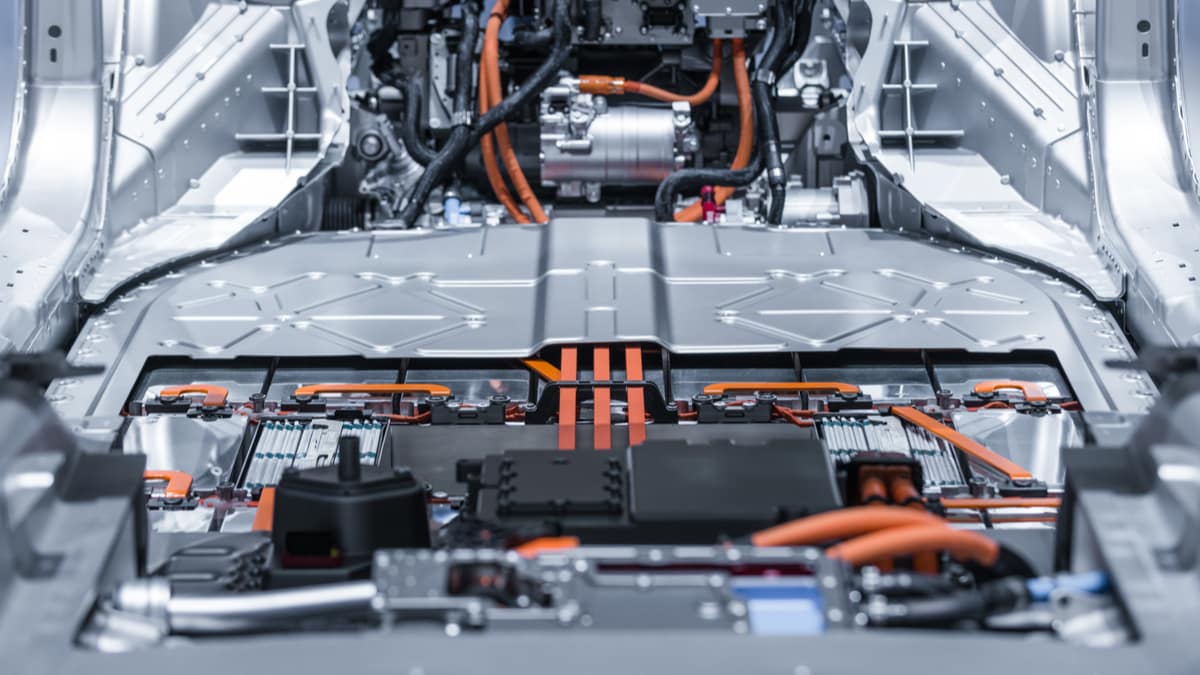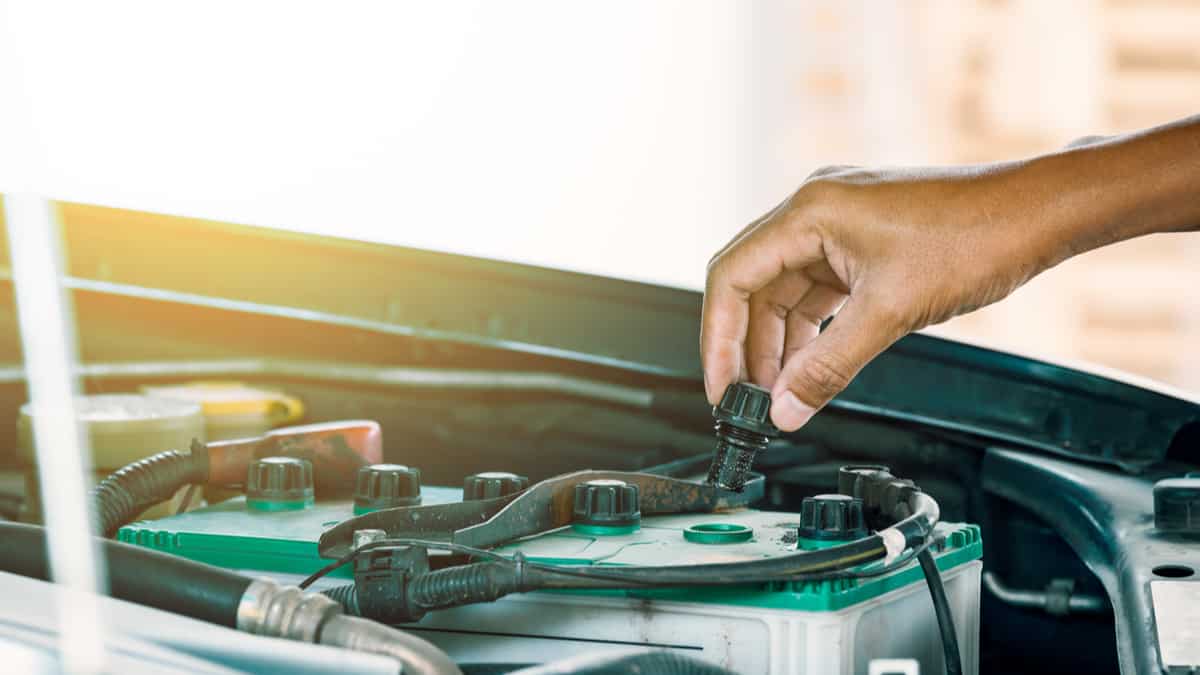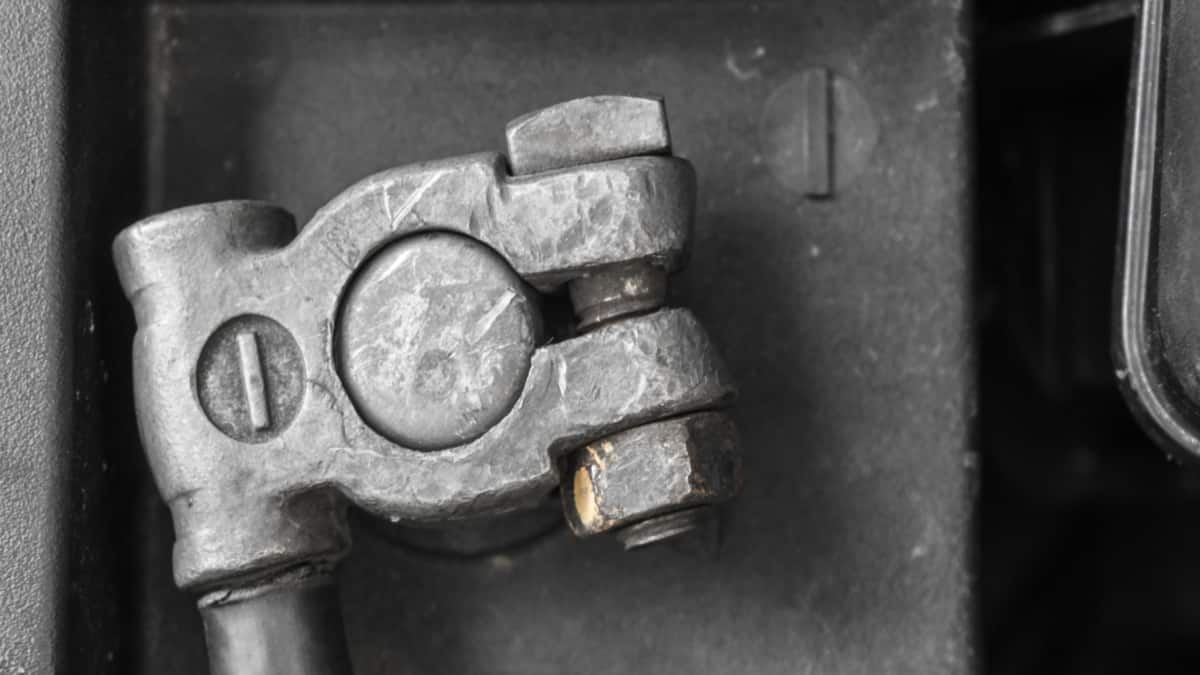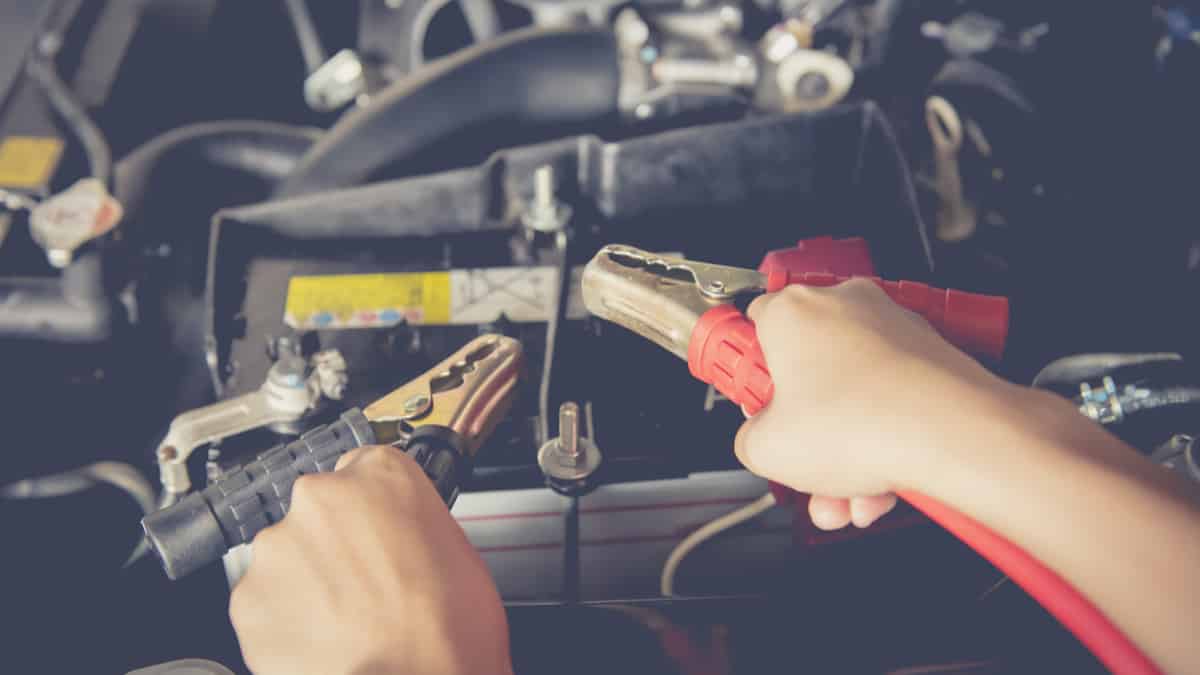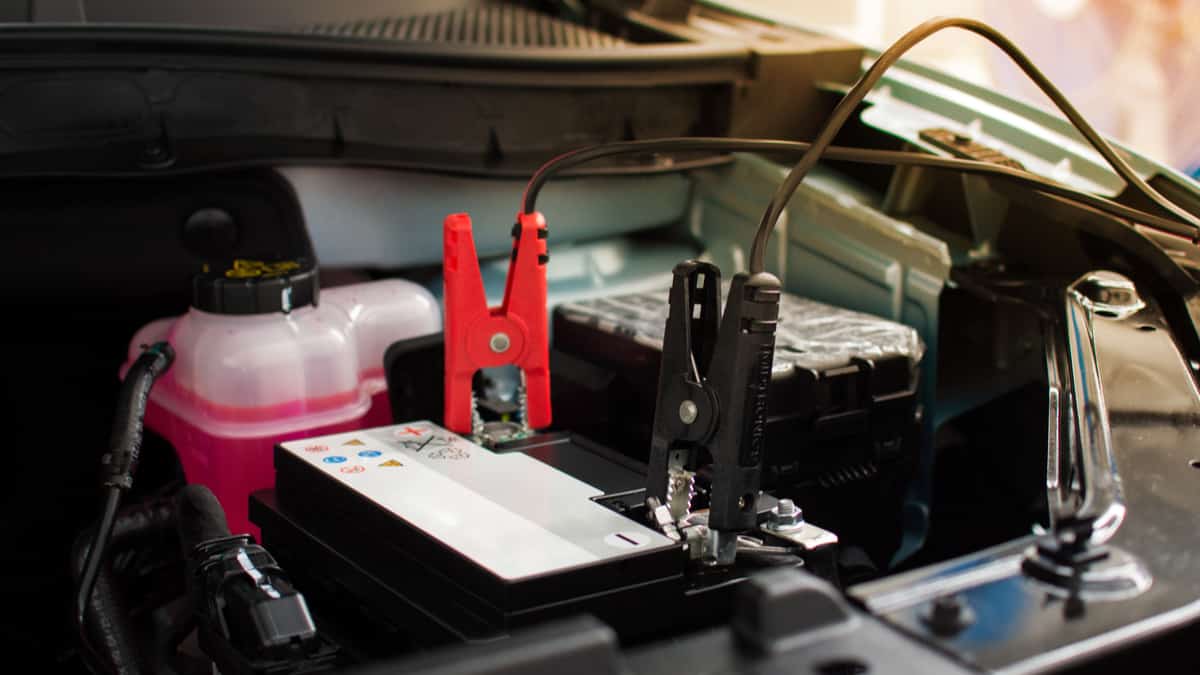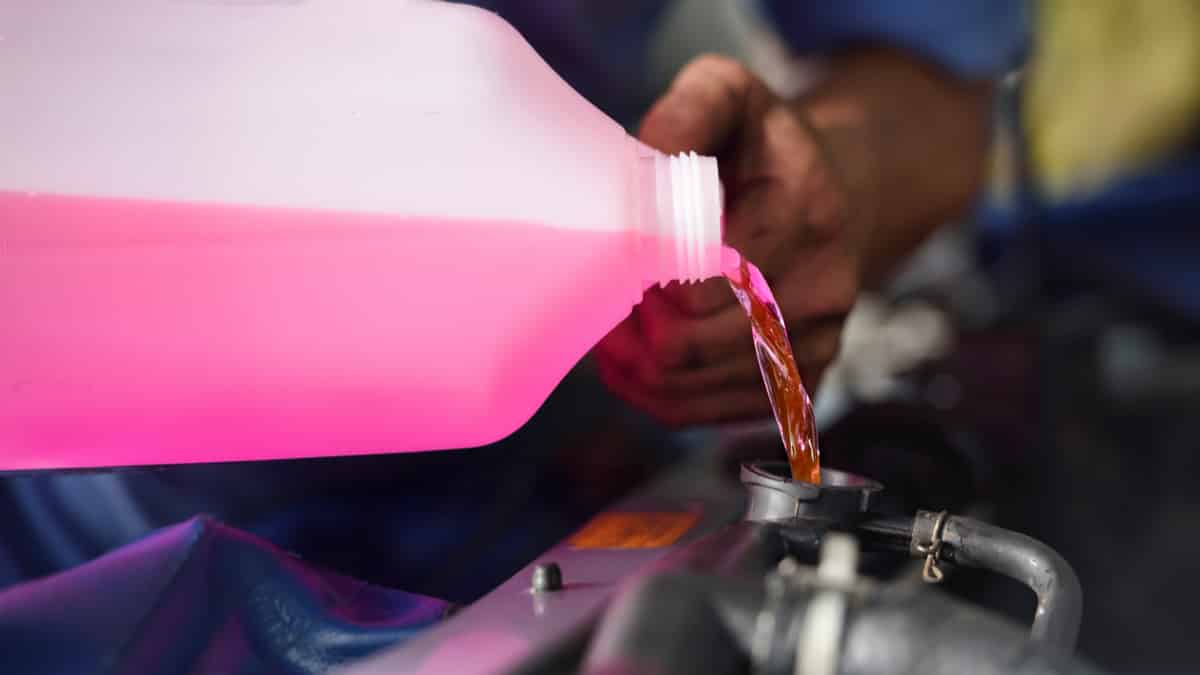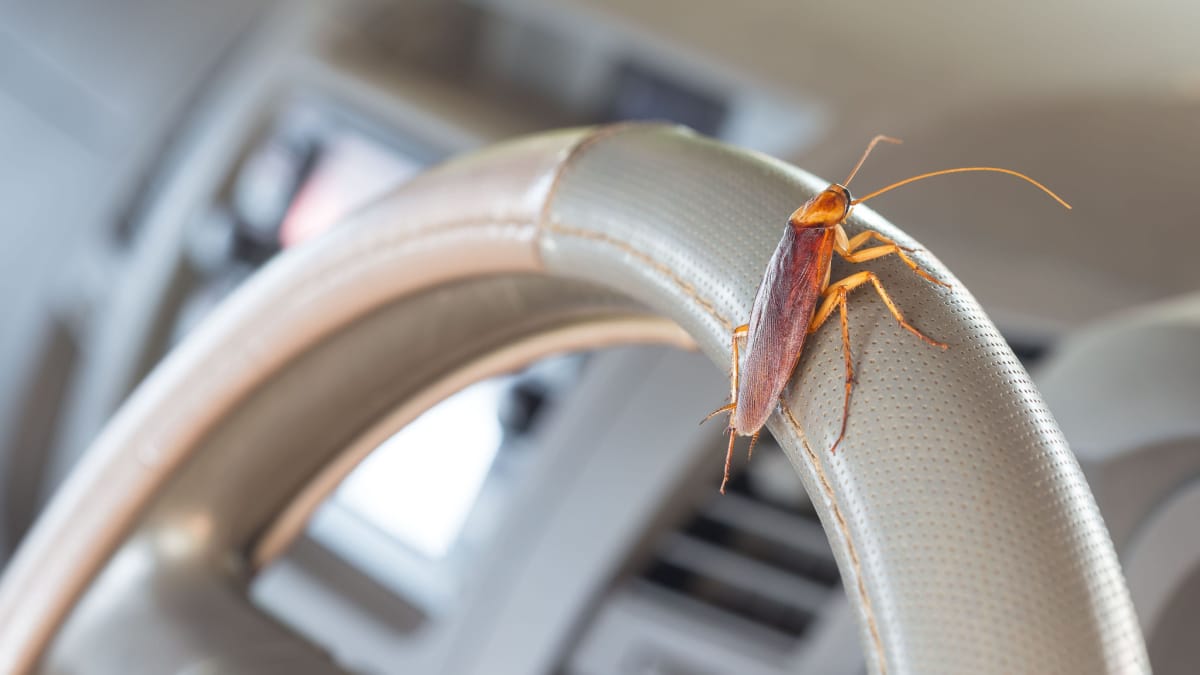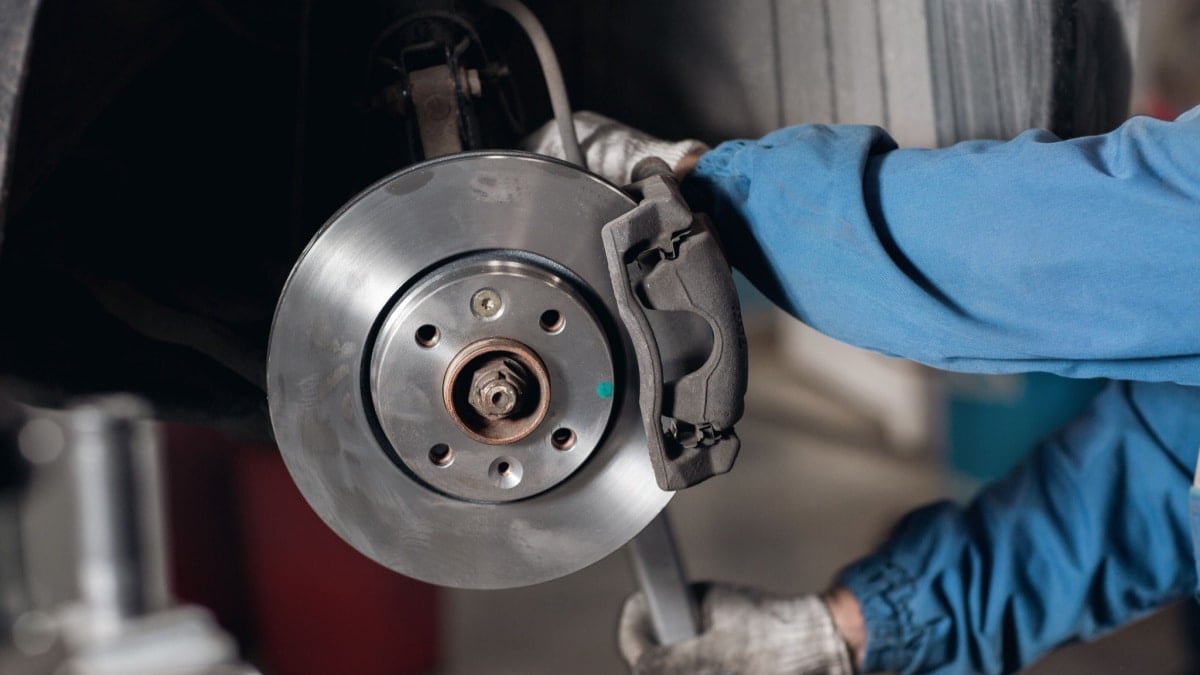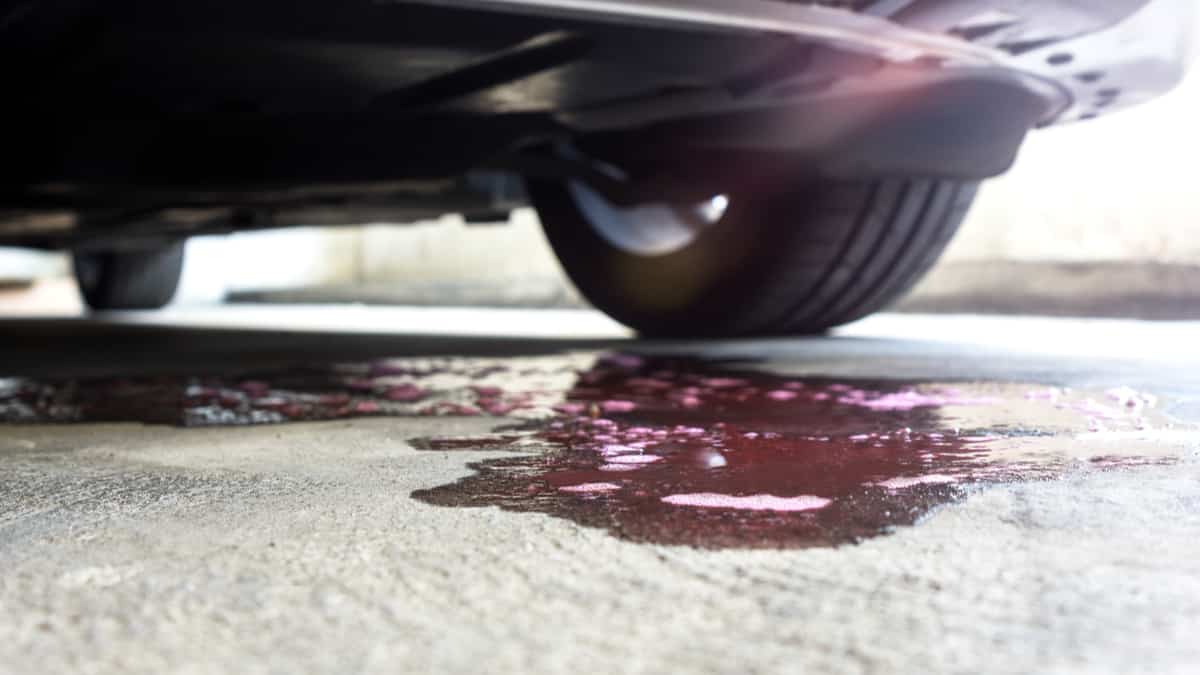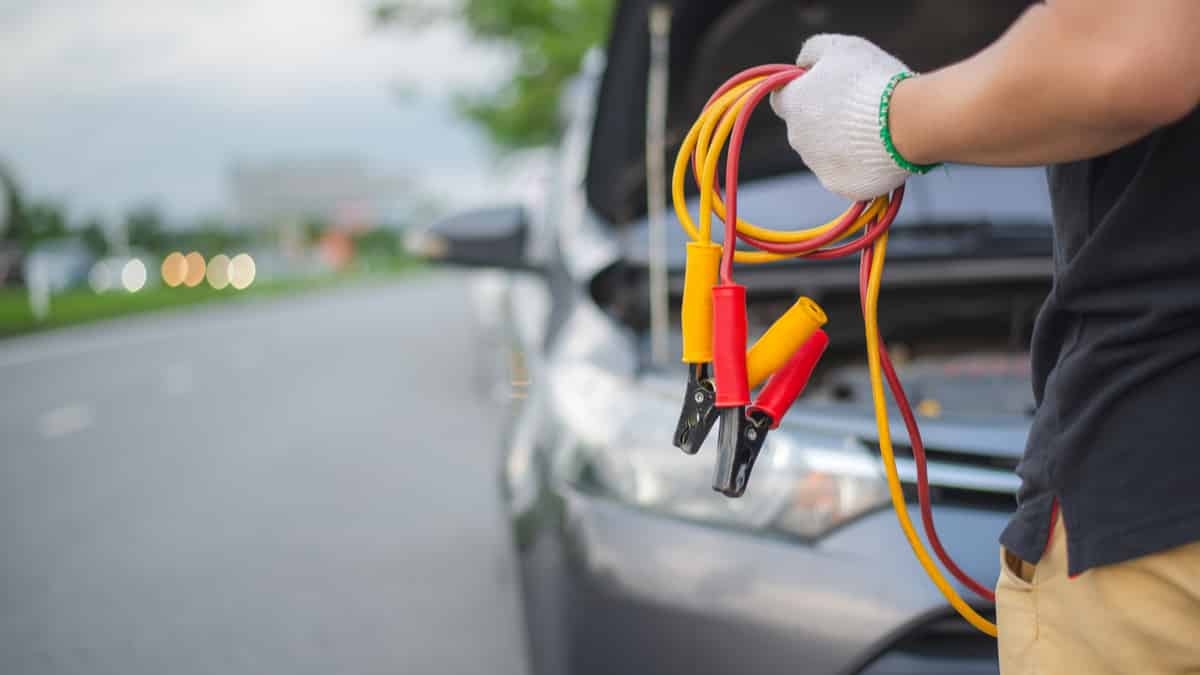The car battery may be one of the most important components of the car, as any problem with the battery might leave you stranded on the road.
The car battery has two main functions – it helps to start the car when you switch on the ignition, and it provides power to electrical systems in the car such as the stereo, lights, radio etc.
Since you cannot start your car with a faulty battery, it is vital that you maintain it properly.
The car battery terminals get corroded over time due to the hydrogen gas that is released from the acid in the battery. In such a case, you’ll need to remove the battery and clean it thoroughly.
There are many other reasons why you might need to disconnect the car battery, whether for maintenance or service. Either way, it is recommended that you know the correct procedure. In this guide, I will discuss how you can correctly disconnect the car battery in a safe way.
Safety tips before disconnecting the battery
Here are some important safety tips you need to keep in mind before disconnecting the car battery.
- Batteries store electric charge and might give you a small shock if not handled properly. Before disconnecting the battery, make sure you are not wearing any jewelry such as a ring, watch, or a bracelet. If the battery comes in contact with any metal part, it can cause an electric shock.
- Always carry out the battery removal procedure in an outdoor space, as batteries contain acids which release harmful gasses. Working in an open environment will minimize your exposure to any hazardous gas.
- Make sure the area where you are working is completely dry and covered. Never work in an environment which is damp or has water nearby.
- By removing the battery terminals, your settings in the clock or radio may get reset and you also may have to enter the radio code. If you do not have the radio code, you may have to go to a dealership for them to unlock the code. You can add a small amount of power to the system while replacing the battery, but this is only recommended if you are a skilled mechanic, because working with the electrics connected can be dangerous, and you can damage electronics.
How to disconnect a car battery
1. Switch off the ignition & use safety equipment
2. Open the hood
Some cars have the battery located in the trunk. If so, open your trunk. You can find information about this in your owner’s manual.
3. Locate the battery
Locate your car battery with the help of the owner’s manual. Sometimes it’s located in the trunk or under a seat.
4. Disconnect the negative terminal of the battery
Once the negative terminal has been located, use the wrench to loosen the nut that holds the terminal. Once it is loosened, you can use your hand to remove the nut, but make sure you have safety gloves on.
You might face some difficulty in finding the right size socket wrench, but once you do, gently turn the screw in a counterclockwise direction until it becomes loose. Make sure to keep the nut in a safe place.
5. Disconnect the positive terminal of the battery
6. Locate and remove battery bracket or strap
7. Remove & Install the new battery in the same way as you removed it.
To install the new battery you can use the same guide but backward. Put the battery in place and fit the bracket or strap. Start with installing the positive terminal and the negative terminal after. Remember that you often have to re-set the clock and radio settings in your car after you’ve replaced you battery.
Cleaning the battery terminals
If you have disconnected your car battery after a long time, you might have noticed that the terminals have corrosion on them. The good news is that you don’t need any expensive cleaner to clean the corrosion, as you can easily do it with stuff you have at home. The things you would require are:
• Gloves
• Petroleum jelly
• Baking soda
• Water
• Toothbrush
• Cleaning cloth
Making the cleaner is simple. Just mix one tablespoon of baking soda in one cup of water and mix it well. Next, dip the toothbrush into the cleaner and start cleaning the terminals. You might need to apply some force, as the dust and grime may be difficult to remove.
Scrub the terminals thoroughly until no dust or grime is visible. Once the corrosion is removed, spray water on the terminals and wipe gently with a clean cloth or rag. Once the terminals have been cleaned and dried, apply petroleum jelly to them. This will provide some lubrication and prevent any further corrosion.
Note: Before you begin cleaning the terminals, inspect the car battery to see if it is leaking, swollen, or has any visible damage. If the battery is damaged, then cleaning the terminals won’t do any good and you would still have to purchase a new battery.
If it’s leaking you can find some recommended batteries for your car in this article: Best Car Batteries
The car battery is an essential component that helps to start the engine and power all the electrical modules in the car. Cleaning and servicing the car battery terminals is highly recommended and now that you are aware of how to disconnect the car battery easily, you will have no difficulty in cleaning your car’s battery terminals.
Categories: Car Battery, Electric, Guides
